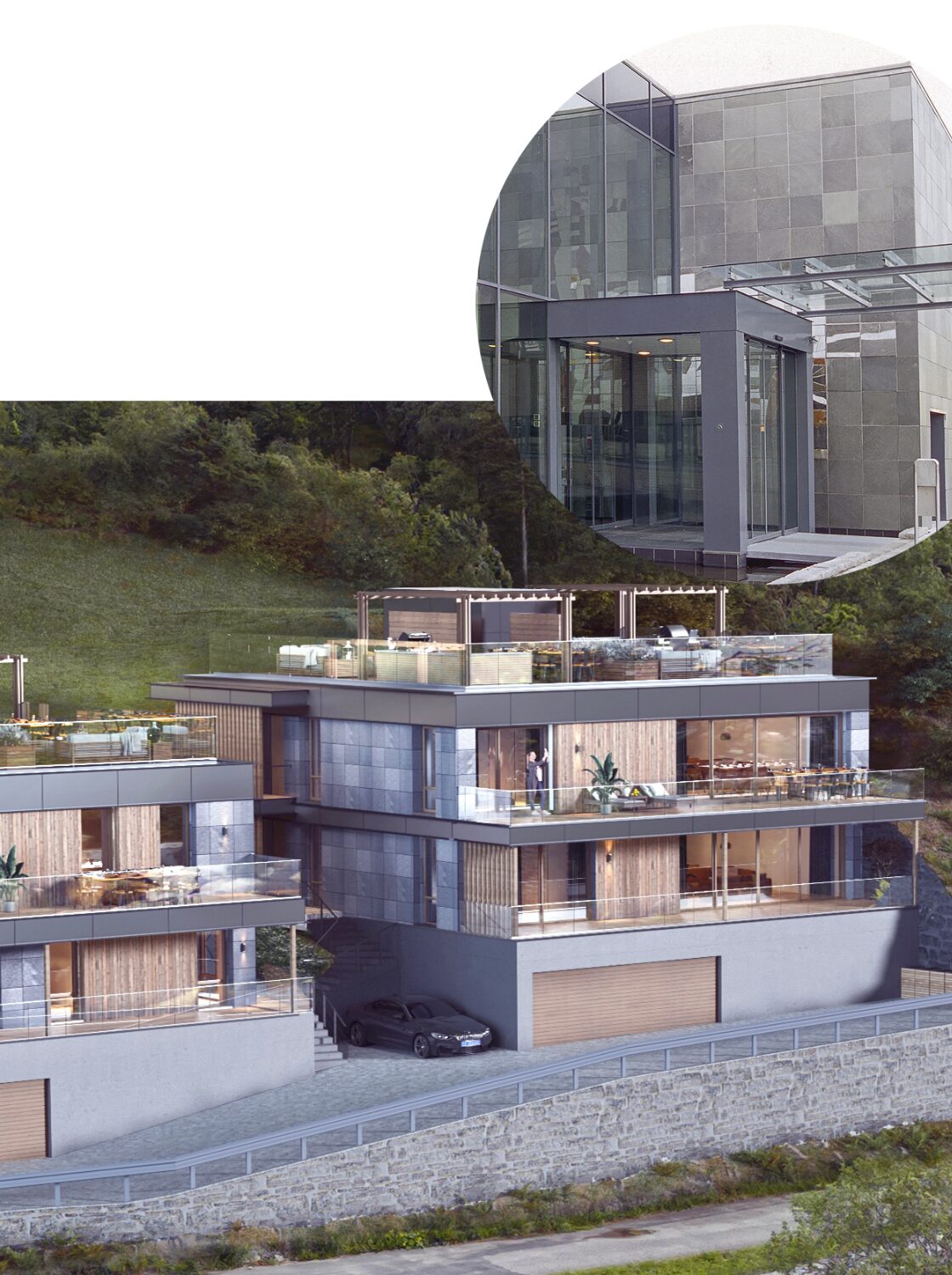Guide: Key factors in environmental assessment of construction materials
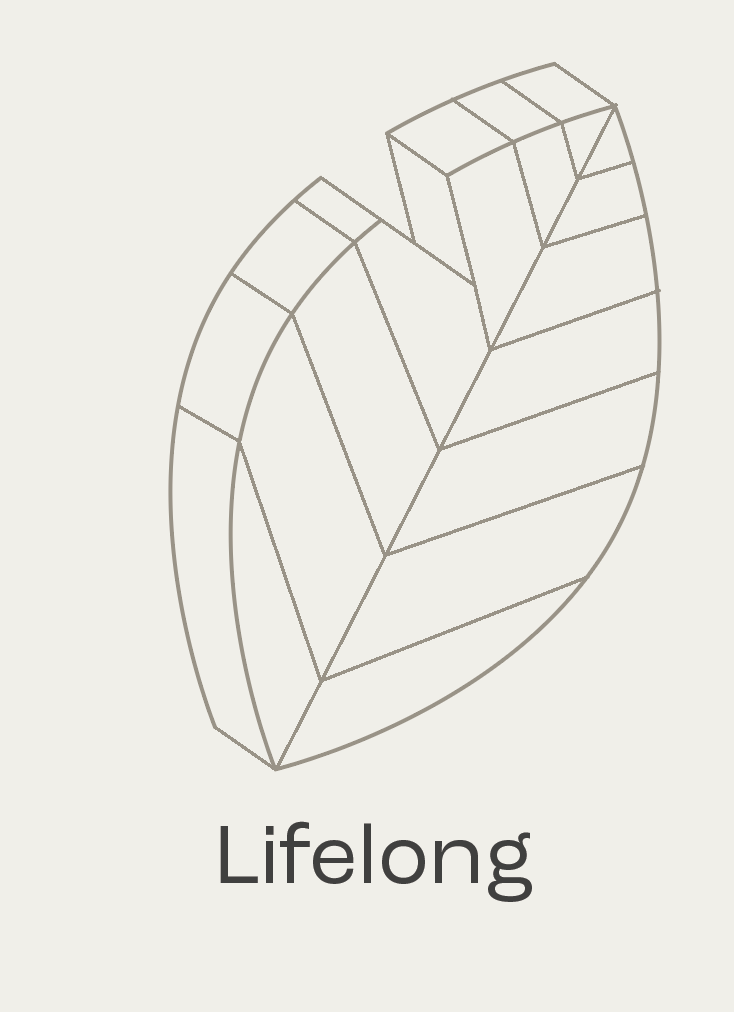

The EPD documentation used includes full lifecycle analysis (A1–C4) and scenario D, as well as transport to Oslo and a 50-year reference service life. Comparisons are based on typical materials used in façades, exterior paving and interior floors.
Greenhouse gas emissions, measured in CO₂ equivalents, indicate contribution to global warming across the material’s entire lifecycle – from raw material extraction to disposal. Low emissions are a key criterion for materials with a low climate footprint.

Offerdal and Light Oppdal quartzite have low emissions throughout the lifecycle, including extraction, processing and transport.
This includes energy used for extraction, processing, transport and installation. Materials with low energy demand in early phases have a lower environmental footprint.
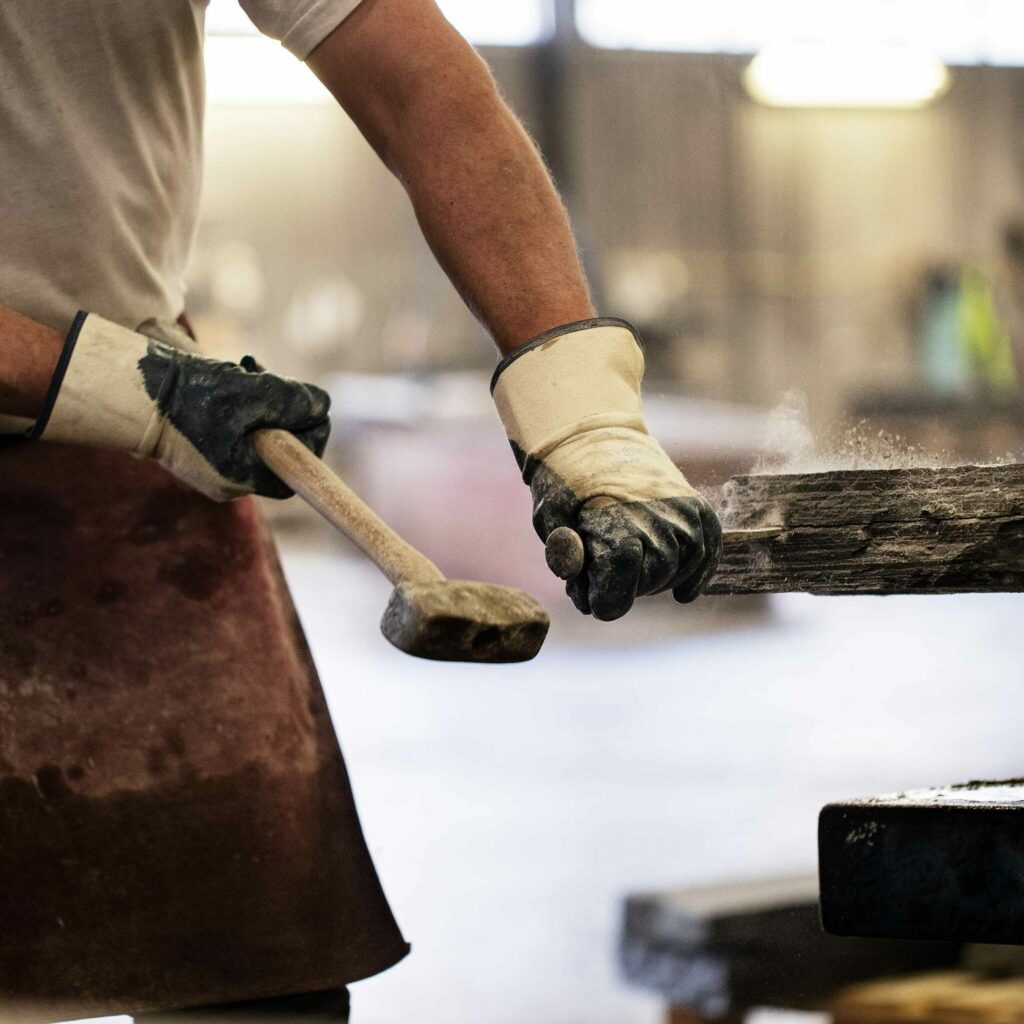
Slate has low energy use, due to both craft-based production and energy-efficient processes.
A central factor in circular material use is whether the material can be disassembled and reused at the end of its service life. This reduces both waste volumes and demand for virgin resources.
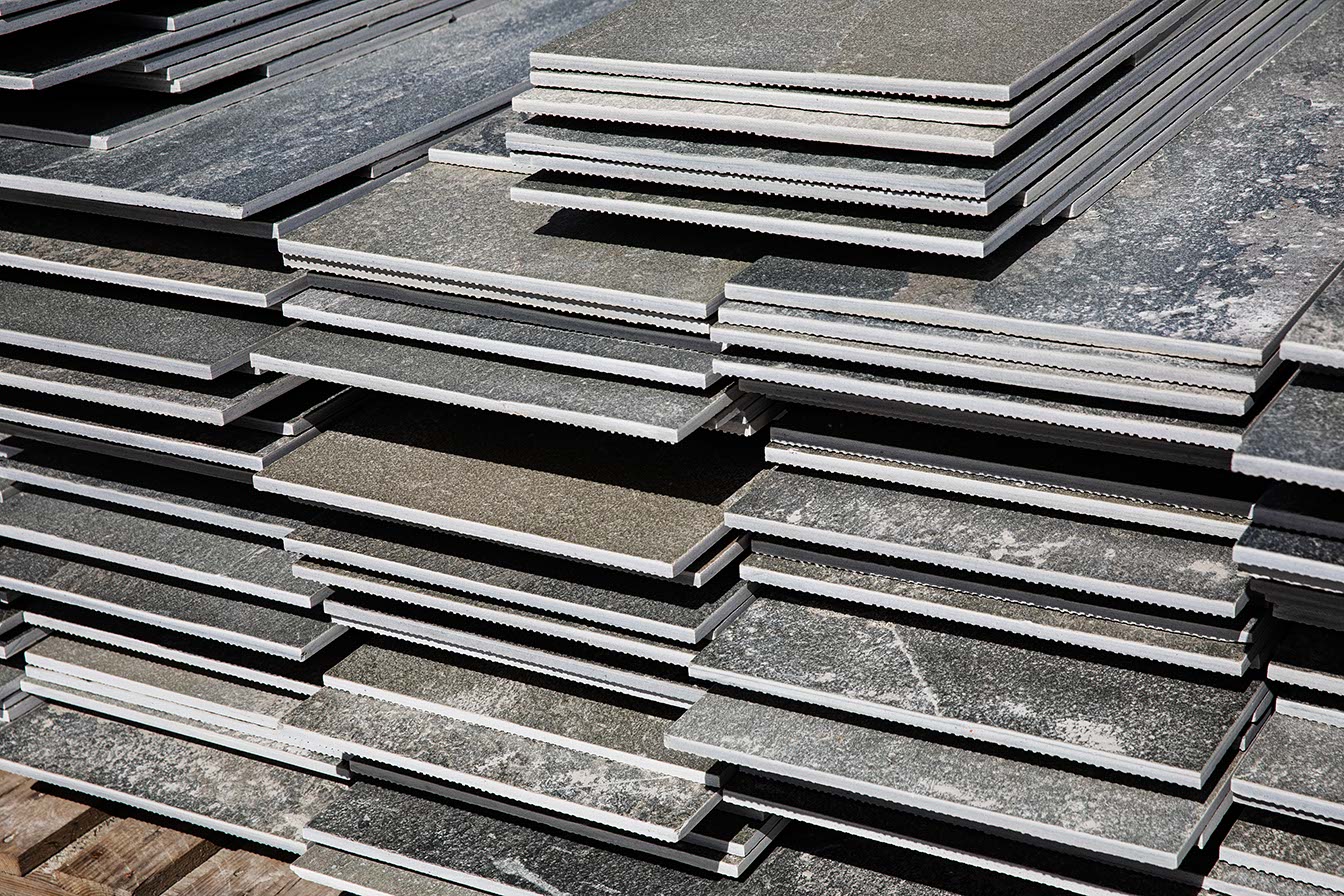
Slate can be disassembled and reused in full, provided correct mounting method. See the overview of 14 mounting methods enabling 100% reuse.
Slate can also be reused in new projects after initial use. This supports high material efficiency and circular resource use. See 3 reuse case studies where slate has been removed and integrated into new builds.
Assessment considers whether resources are renewable or non-renewable, locally available, and whether extraction contributes to depletion. Local production and minimal processing reduce environmental load.

Light Oppdal and Offerdal quartzite are extracted in Norway and Sweden with short distances between quarry and processing. Full production takes place locally, with minimal resource depletion.
Water use during production is part of several assessment frameworks. Materials with low water needs reduce the resource load of the production phase.
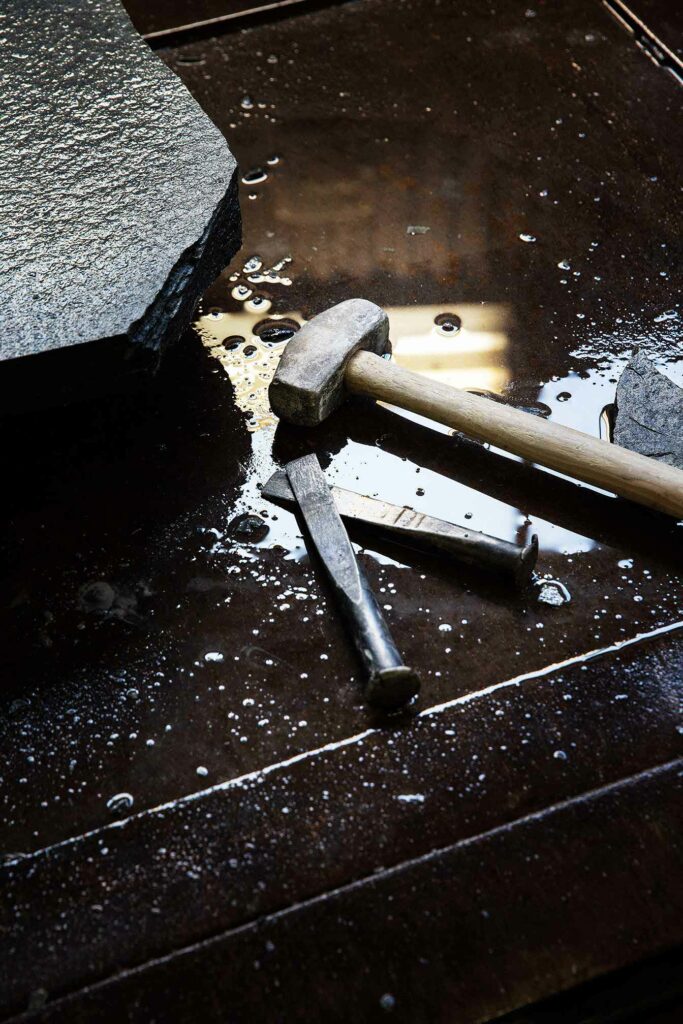
Processing of slate requires little water. For example, Offerdal quartzite with natural edge has a water consumption of 0.7 m³ per ton of stone.
At the end of life, key questions include: Can the material be reused or recycled? Does it generate landfill? Materials with high reuse potential and low residual waste have reduced environmental impact.

Slate can be reused in most cases and has a low burden in terms of landfill and disposal.
Including these factors in the evaluation framework helps reduce the total environmental impact of a project while supporting circular, resource-conscious design.
Material comparison – environmental data
See visual comparison of common materials used in façades, exterior paving and indoor floors.
Interpreting and comparing EPDs
Explains how to read and assess the key figures in an Environmental Product Declaration.
Examples of projects where slate has been disassembled and reused in new contexts.
See slate with a renewed future
